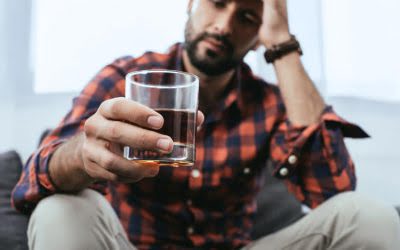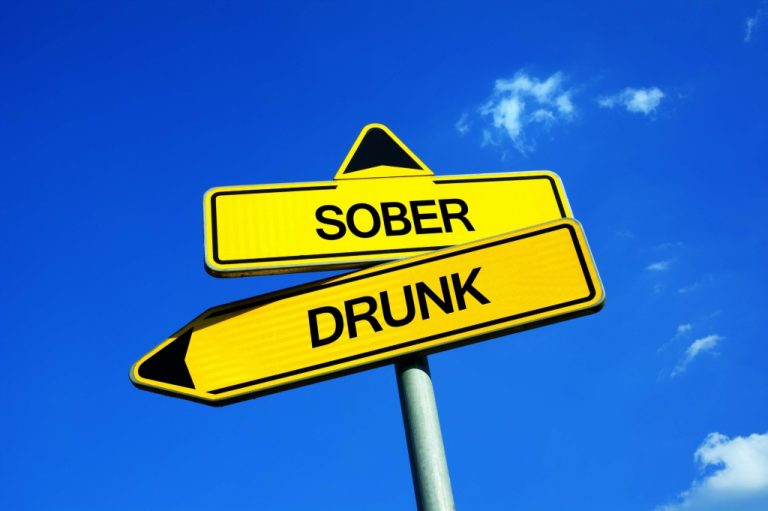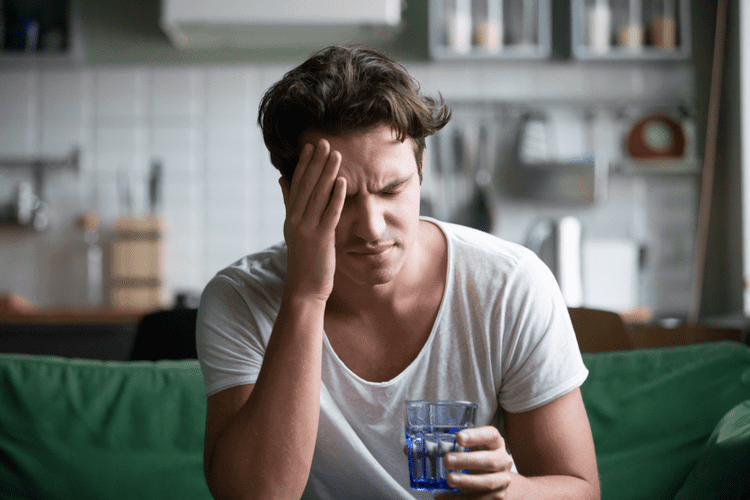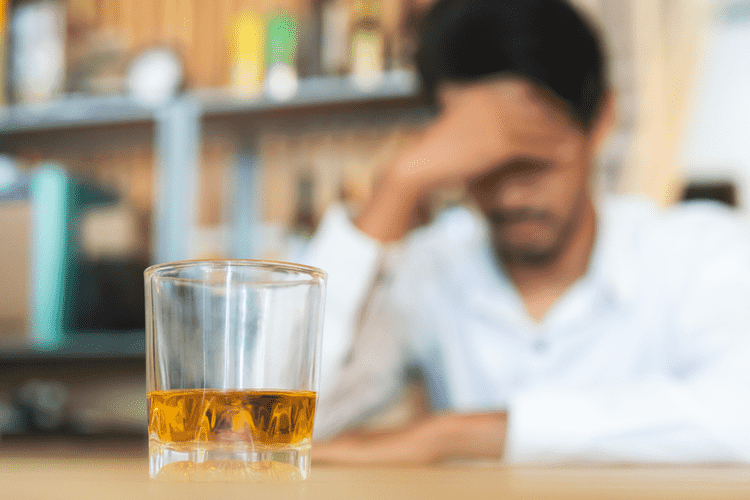They can help you determine the best and safest action for your needs. Medical supervision ensures that care is immediately available if serious symptoms arise. You can even use this as an opportunity to develop healthier habits. Overall, having a hobby you’re passionate in can improve your mental health. So, to answer the question posed by the myth of Prometheus, the liver has an amazing power to repair itself after it has been damaged.
- If you’re living with alcohol use disorder, quitting drinking is important for your health.
- For people who experience hallucinations as part of alcohol withdrawal, these may begin in the 12- to 24-hour time frame.
- Most residential treatment programs include individual and group therapy, support groups, educational lectures, family involvement, and activity therapy.
- Once you can start eating again, it’s important to focus on eating a healthy diet.
- They may consider at-home detox because it makes the challenging situation seem easier to address.
It’s even helpful to read it out loud, as this has been shown to help you retain the information more effectively. Too many factors come into play, most of which how to choose a sober house for your recovery sober living is that it’s a highly individual process and no two people are the same. Your recovery journey is a lifelong process that begins the day you start your detox.
Early symptoms of alcohol withdrawal usually start about six hours after the last drink. Early symptoms include headache, sweating, tremors, vomiting and difficulty concentrating. If you’re unable to reduce how much you drink, you may have a disease called alcoholism that requires professional addiction treatment.
Top doctors in ,
“Again, depends on what the baseline alcohol consumption is,” she said. Combining therapy with support groups can greatly improve your odds of success. In the United States, you can also find rehab centers near you at FindTreatment.gov. Therapy combined with an AUD program tends to lead to a high recovery success rate. During this period, you can expect to develop new skills you may have never learned that made you more susceptible to AUD in the first place. Delirium tremens is a medical emergency that can result in death.
Causes of Alcohol Withdrawal
You’re likely to start by seeing your primary health care provider. If your provider suspects that you have a problem with alcohol, you may be referred to a mental health provider. Keep reading to learn more about how long it takes to detox from alcohol.
Without changing your drinking habits, try keeping a drinking diary for one week. If you add in costs of drinking in social settings at restaurants, bars, and clubs, the amount might be more. It can cause memory loss and interference with brain development. For college students, being dry is the best thing to do,” he said.
Support Groups
Treating alcohol withdrawal is a short-term fix that doesn’t help the core problem. When you talk to your doctor about symptom relief, it’s a good idea to discuss treatment for alcohol abuse or dependence. Talk to your doctor or a drug treatment specialist about what to expect as you experience alcohol withdrawal. moderate, heavy, binge Ask your doctor whether any medications may help in the process. Identify a family member or friend who you can call on to provide emotional support. Whether you’re sober curious, know for sure you’re ready to quit, or fall somewhere in between, Dr. Streem shares advice for how to stop drinking.
She specializes in a variety of health topics including mental health, dementia, celiac disease, and endometriosis. Behavioral health treatment for alcohol problems is often (but not always) covered by insurance. In the United States, most states have low-cost or free rehabilitation programs for those who are uninsured. There are many support options available that can help guide you through alcohol withdrawal, as well as abstaining from alcohol after withdrawal. During the 12- to 24-hour time frame after the last drink, most people will begin to have noticeable symptoms. These may still be mild, or the existing symptoms might increase in severity.
More time to meet new people, catch up with old friends and try new things. When you consider how to go about giving up alcohol, account for factors like how much you drink and your reasons for drinking. Our experts continually monitor the health and wellness space, and we update our articles when new information becomes available. Crystal Raypole has previously worked as a writer and editor for GoodTherapy. Her fields of interest include Asian languages and literature, Japanese translation, cooking, natural sciences, sex positivity, and mental health.
The stages of alcohol recovery
Typically, alcohol withdrawal symptoms happen for heavier drinkers. Alcohol withdrawal can begin within hours of ending a drinking session. They may consider at-home detox because it makes the challenging situation seem easier to address. There’s usually no place more comfortable, safe-feeling and controllable than a person’s home. However, detoxing at home can have risks when people do not understand the alcohol withdrawal timeline and the risks that accompany alcohol withdrawal. Alcohol detox isn’t easy and not everyone can do it on their own.
An important step in getting sober is detoxification, or detox, a period of about a week when your body rids itself of all the alcohol in your system. This difficult process sometimes requires a medical facility, but as long as a doctor deems it safe, you can try to detox at home using these steps. Tap into your social network to help support you through alcohol withdrawal. Find a supportive friend or family member to be with you while you withdraw and support your new non-drinking lifestyle. For people at low risk of complications, an office visit to your primary care provider, along with at-home monitoring and virtual office visits, may suffice.
Alcohol rehab helps you taper off alcohol, and it treats other side effects and causes of alcoholism. You should plan to taper for between three and seven days depending on how much you’re used to drinking. Slowly reduce the amount of alcohol you consume each day until you reach sobriety. If you begin to experience serious withdrawal symptoms, drink enough to make the symptoms subside.
Light exercise and a proper diet can help you adjust to the detox. Exercise can reduce stress, improve mood, and bolster your immune system.
What happens when you stop drinking for 30 days
If you stop drinking and only have a fatty liver, it can quickly turn back to normal. “You get the best benefit from alcohol when you drink in moderation. Just being dry for 1 month and going back to drinking in excess is a bad idea.
A self-detox involves detoxing from alcohol at home without medical support or supervision. It allows you to manage alcohol withdrawal symptoms in the comfort of your own home with little cost. In heavy drinkers with more severe scarring or liver failure, giving up alcohol for several years reduces their chance of worsening liver failure and death. However, people who drink taking a responsible vacation while in recovery heavily can be physically dependent on alcohol and stopping suddenly can cause alcohol withdrawal. Many individuals who struggle with alcohol addiction are also battling other medical conditions such as depression, anxiety, or personality disorders. People frequently use alcohol to self-medicate themselves, but when they stop drinking, these disorders can worsen.
Music you used to love may no longer have the same draw while you are using alcohol. You may find a renewed interest in music during your detox and should pursue the distraction it offers from cravings or withdrawal symptoms. What follows involves months and years of hard work and determination to stay on that journey. Recovering from substance abuse or dependency takes some time, so don’t be too hard on yourself when all doesn’t go as planned. This can be done either in a hospital or a rehabilitation center.







